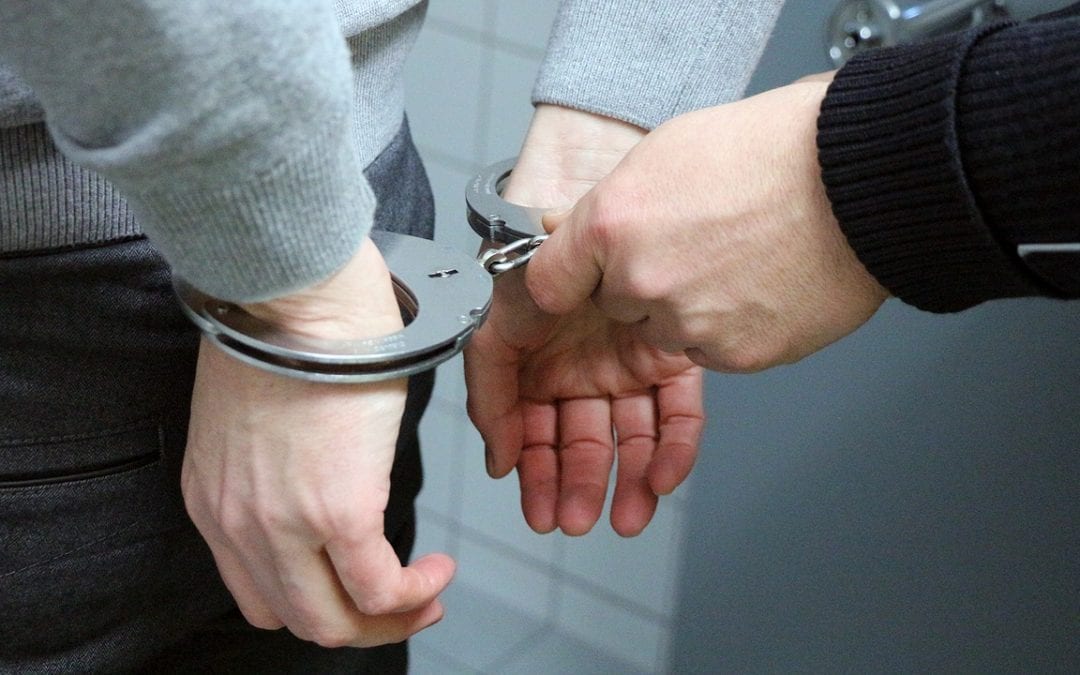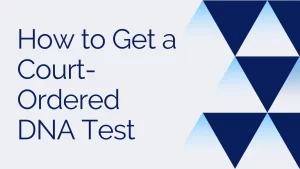What Does Arraignment Mean in Court for a Felony
If you’re unfamiliar with legal proceedings, the term “arraignment” might sound daunting. Fear not, as we’re here to break down this crucial step in the criminal trial process. An arraignment is a pivotal moment in a legal case, marking the commencement of the trial journey for felony offenses. This article will guide you through the intricacies of arraignment, providing you with a solid understanding of its significance.
1. Understanding the Basics of Arraignment
An arraignment is essentially the defendant’s debut in court following their arrest and booking. In some instances, it’s intertwined with a bail hearing, particularly if bail hasn’t been established earlier. This court appearance is particularly significant for individuals who have received a summons or citation in lieu of an arrest.
2. The Role of the Judge
During the arraignment, a judge formally presents the charges against the defendant. If bail hasn’t been determined earlier, it’s deliberated at this stage. The judge also enlightens the defendant about their rights, ensuring they are well-informed before proceeding.
3. Pleading to the Charges
One of the pivotal moments in the arraignment is when the defendant, along with their attorney if they have one, enters a plea to the charges. This process commonly takes place in a courtroom, but there are instances where it might happen within the jail premises or through a video feed.
4. Arraignment in Felony Cases
For felony cases, the arraignment might be postponed until after a grand jury returns an indictment. The specifics of the process can vary from state to state, but the fundamental structure of the arraignment hearing remains consistent.
5. The Arraignment Process in Detail
The defendant, accompanied by an attorney or one appointed by the court, is informed about their trial rights by the judge. They are then provided with a copy of the criminal complaint outlining the charges and a summary of the facts supporting those charges.
6. Pleading Options
At this point, the defendant enters a plea, which could be guilty, not guilty, or no contest. A “not guilty” plea is the most common, signaling the intent to proceed with the trial process. Any other plea could potentially lead to an early termination of the trial proceedings.
7. Addressing Bail
Upon a “not guilty” plea, the judge evaluates whether bail should be granted. This decision involves considerations like release on recognizance, setting bail, or a return to jail until the trial. Failing to appear for future court dates could result in a bench warrant being issued.
8. State-Specific Variations
The arraignment process can vary significantly between jurisdictions. Some states mandate the presence of counsel during arraignment unless waived, ensure defendants are informed about their constitutional rights, and educate them about the consequences of a conviction.
9. Right to Counsel
Defendants facing the possibility of incarceration possess a constitutional right to legal counsel, irrespective of their financial circumstances. Public defenders are appointed by the court to uphold the defendant’s rights throughout the criminal process.
10. The Role of a Criminal Defense Attorney
An adept legal team can significantly impact the outcome of a criminal case. An attorney can advocate for reasonable bail, devise bail strategies, request less restrictive release conditions, demand a prompt trial, file pre-trial motions, negotiate plea bargains, and present mitigating factors during sentencing.
In conclusion, arraignment is the cornerstone of the criminal trial process for felony cases. This initial court appearance sets the tone for the legal journey ahead. Understanding its significance and the rights it safeguards is vital for anyone navigating the intricate realm of criminal law.
Frequently Asked Questions
Q1: What exactly happens during an arraignment? During an arraignment, the charges against the defendant are read, their rights are explained, and they enter a plea to the charges.
Q2: Can I have an attorney present during the arraignment? Yes, you have the right to have an attorney present during the arraignment. If you can’t afford one, the court will appoint a public defender.
Q3: What is the purpose of entering a plea? Entering a plea indicates the defendant’s stance on the charges. It can be guilty, not guilty, or no contest.
Q4: What if I can’t pay bail? If you can’t afford bail, you can request the judge for alternative release conditions or seek assistance from a criminal defense attorney.
Q5: How does arraignment differ for felony and misdemeanor cases? While the basic process remains similar, there might be variations in how arraignment is conducted for felony and misdemeanor cases. It’s crucial to consult with legal experts familiar with your jurisdiction’s laws.







